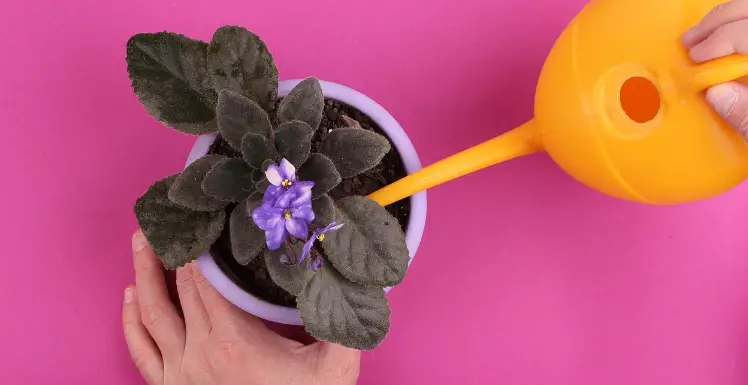As a garden enthusiast, you understand the importance of caring for your plants and conserving water in your garden. Mulching is a simple yet effective technique that can help you achieve both of these goals. By adding a layer of mulch to your garden beds, you can protect your plants from harsh weather conditions, suppress weeds, and retain moisture in the soil.
The Benefits of Mulching
There are several benefits to mulching your garden beds, including:
1. Weed Suppression
By adding a layer of mulch to your garden beds, you can prevent weed seeds from germinating and competing with your plants for nutrients and water.
2. Moisture Retention
Mulch acts as a barrier between the soil and the air, slowing down evaporation and helping to retain moisture in the soil. This can be especially beneficial during hot summer months when water is scarce.
3. Soil Protection
Mulch helps to protect the soil from erosion, compaction, and temperature fluctuations. It also adds organic matter to the soil as it breaks down, improving soil structure and fertility.
Types of Mulch
There are two main types of mulch: organic and inorganic. Organic mulches, such as bark chips, straw, and compost, provide nutrients to the soil as they break down. Inorganic mulches, such as plastic sheeting and gravel, do not provide any nutrients but can be effective at suppressing weeds and retaining moisture.
Best Practices for Mulching
When mulching your garden beds, it’s important to follow these best practices:
1. Apply a Layer of Mulch
Apply a layer of mulch 2-4 inches thick to your garden beds, making sure to leave a gap around the base of your plants to prevent rotting.
2. Mulch Regularly
Reapply mulch as needed to maintain a consistent layer and ensure maximum benefits for your plants.
3. Choose the Right Mulch
Consider the specific needs of your plants and garden when choosing a mulch. Some plants may benefit from organic mulches, while others may prefer inorganic options.
Table: Types of Mulch
| Organic Mulch | Inorganic Mulch |
|---|---|
| Bark Chips | Plastic Sheeting |
| Straw | Gravel |
| Compost | Rubber Mulch |
Frequently Asked Questions
1. How often should I mulch my garden beds?
It’s best to mulch your garden beds at least once a year, or as needed to maintain a 2-4 inch layer.
2. Can I mulch in the winter?
Yes, you can mulch in the winter to help protect your plants from frost and cold temperatures.
3. What is the best mulch for vegetable gardens?
Organic mulches like compost or straw are great options for vegetable gardens, as they provide nutrients to the soil as they break down.
4. Should I remove old mulch before adding a new layer?
It’s a good idea to remove any old, decomposed mulch before adding a new layer to ensure proper air and water circulation in the soil.
5. Can I mulch around trees and shrubs?
Yes, mulching around trees and shrubs can help protect their roots, retain moisture, and suppress weeds.
6. How does mulch help conserve water?
Mulch acts as a barrier between the soil and the air, slowing down evaporation and helping to retain moisture in the soil.
7. Can I use grass clippings as mulch?
Yes, grass clippings can be used as mulch, but make sure they are dried out to prevent matting and mold growth.
8. Are there any plants that don’t like mulch?
Some plants, like succulents, prefer well-draining soil and may not do well with mulch that retains too much moisture.
9. Can mulch attract pests to my garden?
While mulch can provide a habitat for pests like slugs and snails, proper maintenance and monitoring can help prevent pest infestations.
10. How long does mulch last before needing to be replaced?
The lifespan of mulch can vary depending on the type used and environmental conditions, but it’s generally a good idea to replace mulch every 1-2 years to maintain its effectiveness.
Conclusion
Overall, mulching is a simple yet effective practice that can help protect your plants and conserve water in your garden. By following best practices and choosing the right type of mulch for your needs, you can enjoy a healthy and thriving garden year-round. Remember to regularly check and maintain your mulch layer to ensure maximum benefits for your plants.
